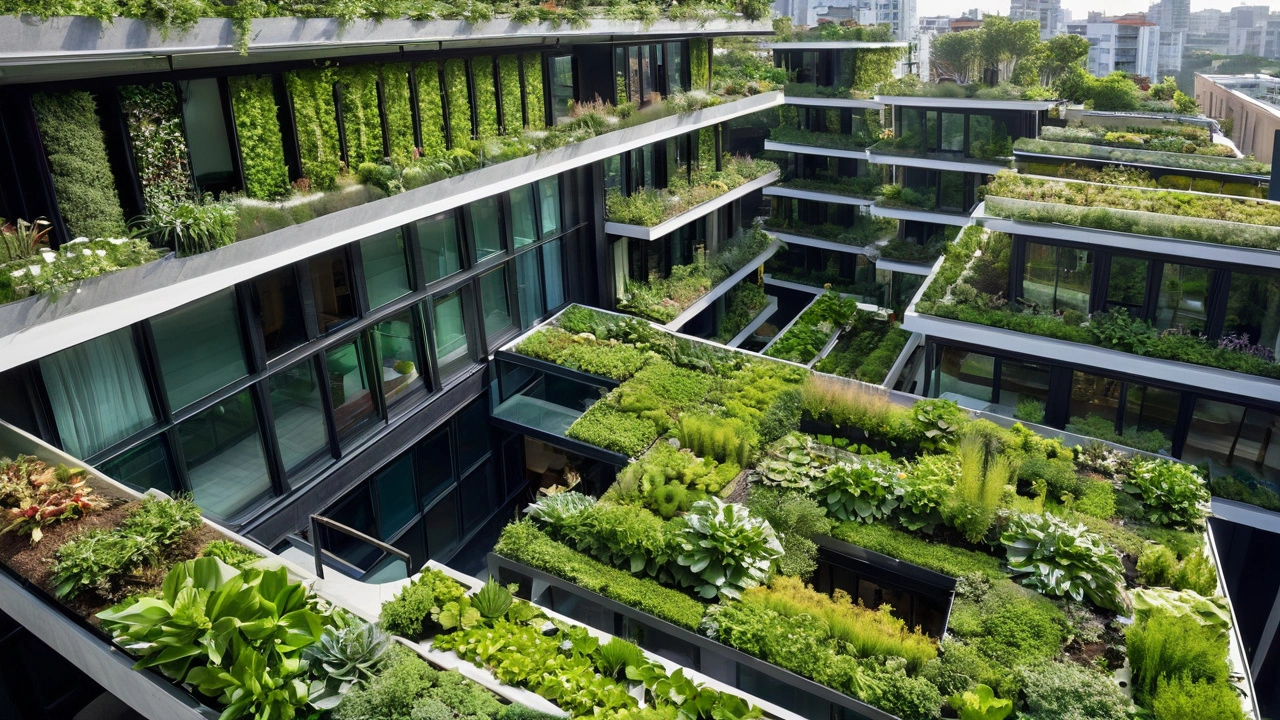Modern Construction: Practical methods and materials that work today
Modern construction is about doing more with less time, less waste, and better performance. Think faster build times, stronger materials, and designs that cut energy bills. If you're planning a project or just curious how new buildings go up, this page gives clear, usable ideas without the jargon.
Key techniques and materials
Concrete and steel still rule the structure world, but they're smarter now. High-performance concrete mixes—learned from Roman methods and modern chemistry—set faster and last longer. Steel framing gives predictable strength and speed on site, while engineered timber (cross-laminated timber) offers a lighter carbon footprint and quick assembly.
Prefabrication and modular building change the timeline. Walls, bathrooms, even full rooms arrive ready to slot in, cutting wet trades and weather delays. 3D printing is growing for custom elements and low-cost housing prototypes. On the envelope side, high-performance glazing and continuous insulation reduce heating and cooling loads immediately.
Design choices that save money and energy
Sustainability isn't just a buzzword—it's design that lowers bills. Passive strategies (proper orientation, shading, airtight details) reduce reliance on HVAC systems. Combine those with heat-recovery ventilation and efficient mechanicals for a house or office that’s comfortable and cheap to run.
Adaptive reuse is a big part of modern construction too. Reworking a Beaux-Arts or Georgian shell for modern use keeps character and cuts embodied carbon versus a teardown. That approach shows up in many historic articles—how old styles influence new layouts and materials choices.
Regulations and safety matter. Modern codes require seismic detailing, fire-rated assemblies, and tested products. Choose contractors who understand local rules and can show test reports or past projects. A quick permit-ready design saves weeks or months during approvals.
Want practical tips for your build? First, decide budget split: roughly 40% structure and envelope, 30% finishes and systems, 30% contingencies and landscaping—adjust by project. Second, lock the envelope early: windows, insulation, and airtightness details determine long-term comfort. Third, plan for maintenance: accessible mechanicals and replaceable cladding extend lifespans without surprises.
Modern construction borrows from history when it helps. Roman engineering taught us durable concrete; Functionalism pushed layouts that work; postmodern and revival styles remind us how form and context matter. Use those lessons: prioritize durability and human comfort, not just trends.
If you want to read deeper, explore articles on historical engineering, modular builds, and design movements that shaped today's methods. Practical choices now—materials, prefab, passive design—deliver buildings that last, cost less to run, and feel right to live in.

The Rising Impact of Sustainable Architecture in Modern Times
Sustainable architecture is changing the way we build and live. This article explores how eco-friendly designs are gaining momentum. Dive into innovations, benefits, and practical tips for integrating sustainability in construction.
Read more